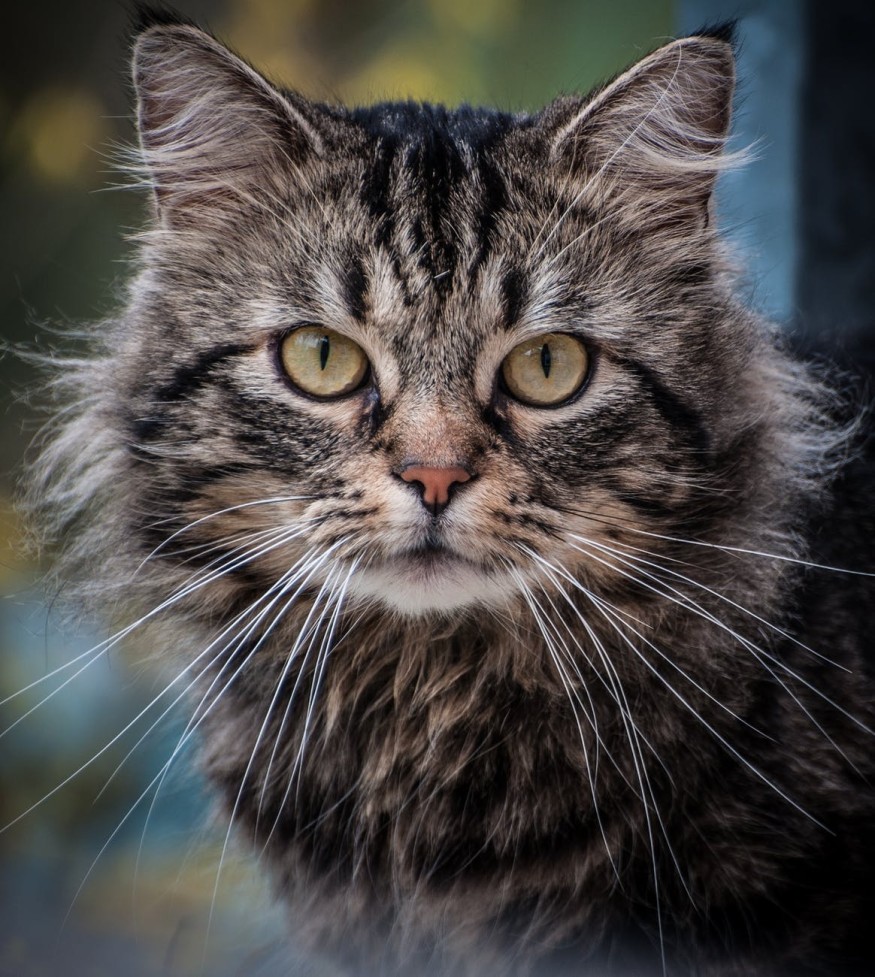
Kazakhs may have been accompanied by cats similar to the domestic cats common today. They served as pets to pastoralists more than 1,000 years ago. New international research analyses have determined this after an almost-complete cat skeleton was recovered during an excavation in Southern Kazakhstan along the former Silk Road.
Researchers from Martin Luther University Halle-Wittenberg (MLU), the University of Tubingen and the Higher School of Economics in Russia, and Kazakhstan's Korkyt-Ata Kyzylorda State University led the study. The research has revealed astounding insights regarding the relationship between pets and humans during that time by reconstructing the cat's life.
Dr. Ashleigh Haruda's team from MLU's Central Natural Science Collections examined an excavation in Dzhankent during a research stay in Kazakhstan, where she discovered the well-preserved cat skeleton. The Oghuz, a pastoralist Turkic tribe, were some of the original settlers in Dzhankent, an early medieval community in the country's southern part. The Dzhankent settlement was located along the Silk Road.
Dr. Haruda analyzed the tomcat and have determined that it had a difficult life, as evidenced by several broken bones. Despite many struggles during its lifetime, the researchers have identified that the cat somehow made it past its first year of life. The team believes that this finding indicates people cared for this cat.
According to Dr. Haruda, finding an exceptionally well-preserved skeleton of an animal is quite rare. Usually, only individual bones are unearthed in excavations, which prevents researchers from arriving at efficient and conclusive results. The tomcat was buried after its death, preserving the entire skull and lower jaw, legs, and four vertebrae and parts of its upper body.
An international team of archaeologists and ancient DNA specialists worked with Dr. Haruda to examine the skeleton where they discovered the fractures through 3D images and X-rays. Despite the fractures, the cat has survived. In addition, isotope analyses of the tomcat's bone samples gave the researchers some insights on the cat's diet. This tomcat's diet was rich in protein compared to the dogs and some other cats that lived around the same period. The tom lost most of its teeth towards the culmination of its life, making researchers presume that humans have consistently fed the animal.
Apart from the tomcat's diet, DNA analyses also show that the animal was most likely a domestic cat species (Felis catus L.) rather than a wild steppe cat. It is remarkable that cats have been kept as pets or domesticated around the 8th century AD, according to Dr. Haruda. She explains further that the Oghuz only took care of animals if these were considered essential to their jobs or lives. Cats had no apparent use back then in the Dzhankent settlement, and the fact that people during this period cared for such an animal show that there was a significant cultural change.
Previously, the region was believed to have been slow to such changes in animal husbandry and agriculture. They also thought that animal domestication and pet care have occurred at a much later time.
© 2026 NatureWorldNews.com All rights reserved. Do not reproduce without permission.





